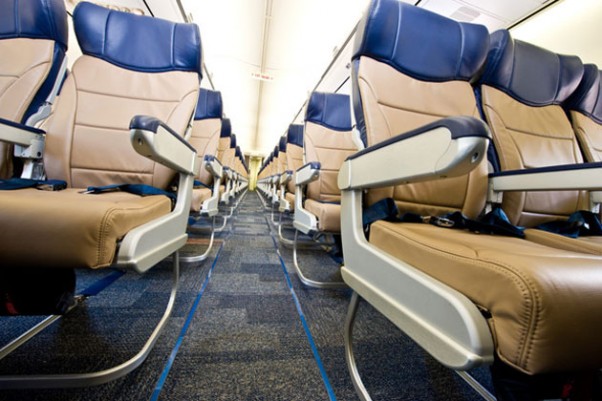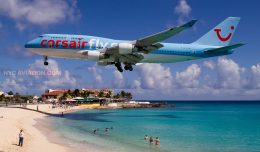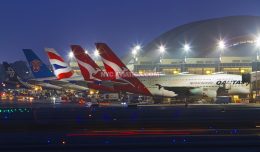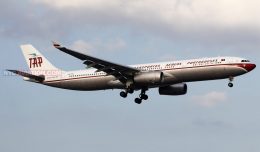Southwest Airlines introduced a fresh cabin overhaul Tuesday at their Dallas headquarters, touting advancements in sustainability, comfort and efficiency.
The revamped design, known as “Evolve: The New Southwest Interior,” incorporates “cabin updates utilizing durable and environmentally responsible products to reduce waste and create weight savings onboard the aircraft, while enhancing comfort for customers” says the company.
VIDEO: See time-lapse footage of Southwest Evolve installation
Due to be rolled out on all of the airline’s Boeing 717 and 737-700 series type aircraft — along with the soon to be introduced 737-800 and not-so-soon to be introduced 737MAX — over the course of the next year the changes will result in savings of 635 pounds per plane and add six seats per aircraft.
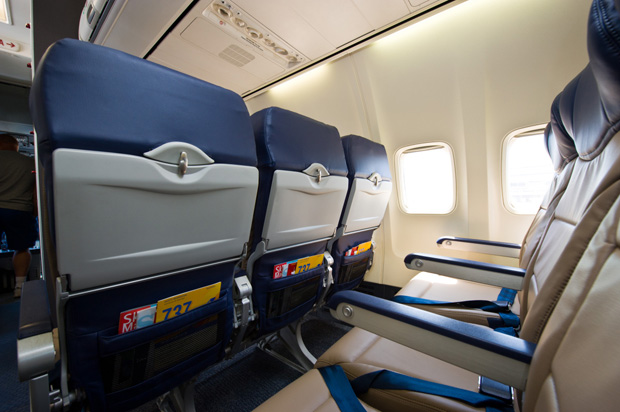
Southwest Evolve uses aluminum seatback trays rather than plastic. (Photo by Southwest Airlines)
Perhaps the most apparent change is the most simple: color. Shying away from the current color palette which mimics the blue and red exterior paint scheme, designers instead chose to roll with more subtle shades of the previous cabin paired with metallic accents to provide a modernized ambiance. But don’t be fooled into thinking such choices were merely for show: the carrier touts that many of the new features, such as aluminum tray table latches and arm rest trims instead of the current plastic versions, function both to complete the aesthetic and provide a more durable, lighter weight and sustainable cabin.
Speaking of sustainable, the airline made sustainability a priority in the redesign, so much so that their guinea pig 737-700 was nicknamed the Green Plane. In addition to the aforementioned advancements, many of the new developments from the carpet to seat covers were fabricated using eco-friendly products and manufacturing processes. In addition to the initial environmental savings involved in production and installation, these same products have also generally been constructed utilizing significantly more durable and recyclable materials resulting in additional environmental savings down the road as the carrier will need to repair and replace less over time than in their current cabin.
For example, rather than buying completely new seats, the new seating materials are fitted to the existing seat frames, saving the company about $50 million as well as tons upon tons of aluminum. Also, traditional carpets are replaced with carpet tiles. Not only can sections of carpet be replaced individually when needed, but they are manufactured by a company called InterFLOR whose goal is to recycle every bit of carpet with a net zero use of oil. And new seatback trays are made of recyclable, durable aluminum rather than plastic, from which Southwest expects to reduce wear on the latches and arms that hold them together.
The carrier saved some of the biggest changes, however, for the most basic of airline travel necessities: the seat. Despite reducing seat pitch from 32 in to 31 in — a direct result of restricting the recline ability from 3 in to 2 in — the new seats designs are meant to emphasize and increase personal space. A low profile cushion combined with fixed wing headrests are geared to position customers “down and back” into the seat, reducing the need to recline to begin with and provided better ergonomics (and therefore a more comfortable ride). New mesh seatback pockets, smaller life vest pouches under the seat itself, and the reduction of the reclining ability are to provide a little extra personal space to each passenger. And every seat is a reduction of six pounds from its predecessor, accounting for the lion’s share of the overall weight savings per aircraft.
Of course it was largely these seat redesign measures that led to the carrier’s ability to add six more seats —one additional row — to the airplane, resulting in an increase from 137 to 143 passengers per 737-700. While the airline has committed to rolling out the new interior on the current 737-700 fleet (yes, this includes the AirTran -700s), they have not yet decided whether the classic 737-300 and -500 type aircraft will receive the upgrade at all.
Either way, when combined with the weight savings the extra revenue is sure to enhance the airline’s bottom line handsomely. Mary Kirby at APEX reports that the carrier expects to save a cool $250 million annually and to recover the $60 million initial investment in one quarter.


